We asked the Russian authorities and the Russian ambassador in Budapest about a Russian history textbook that describes the Hungarian Revolution of 1956 as a fascist uprising. We wanted to know why it was necessary to offend millions of Hungarians with the statements of the textbook. We also inquired why it was necessary to distort it and potentially set the two peoples against each other if this was such a minor historical event for Russia. Finally, we asked them if we could expect some kind of a correction in this issue.
Magyar Nemzet wrote earlier that the history textbook was written for 11th grade students by Vladimir Medinsky, an advisor to President Putin. The Russian textbook, illustrated with a photo of a toppled statue of Stalin, describes the events as a 'crisis' and claims that the Soviet Union had sent troops to Hungary in a bid to assist Hungarian authorities in stifling the protests.
The textbook also describes the Soviet withdrawal from Hungary in 1990 as a mistake.
This is all the more strange as Boris Yeltsin, President of Russia from 1991 to 1999, during an official visit to our country on 10-11 November 1992, apologized for the 'Russian interference' in the Revolution of 1965 and handed over a large part of the documents on the revolution kept in Moscow.
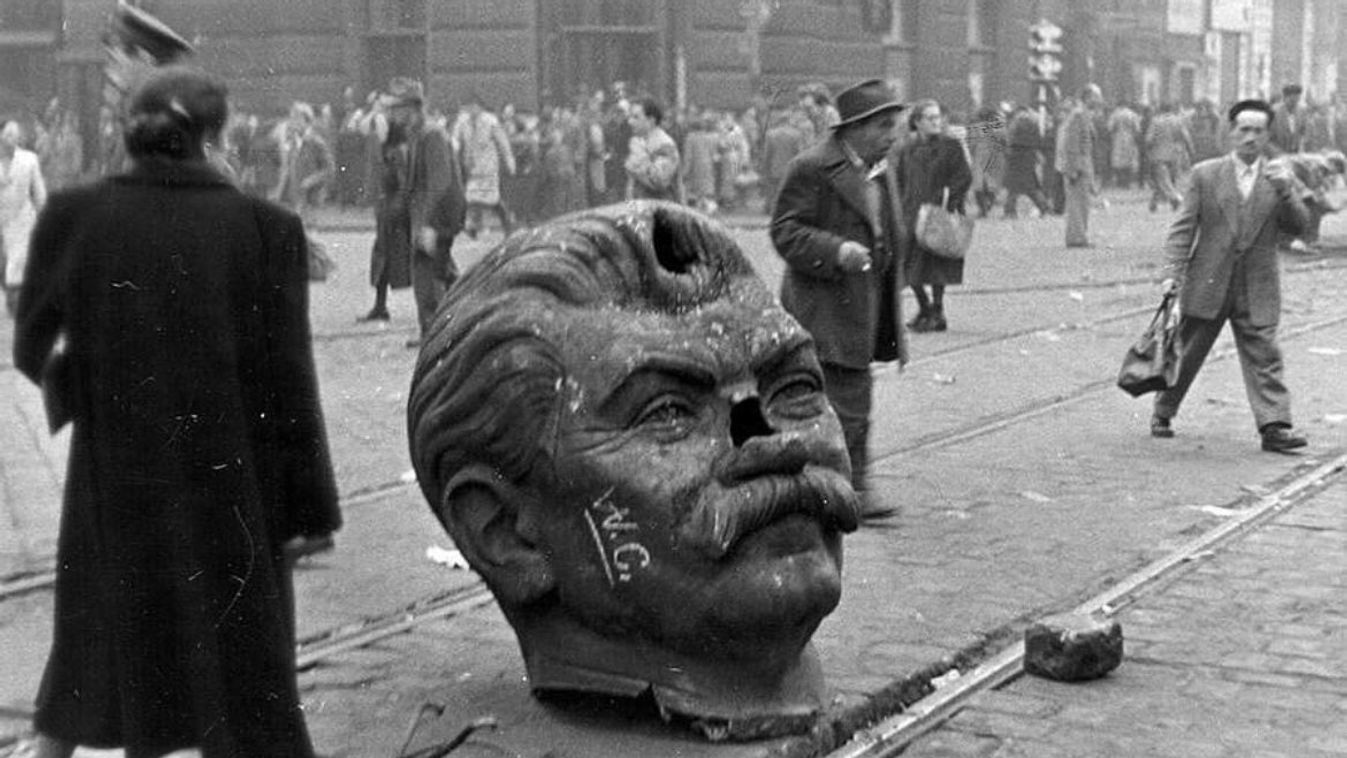


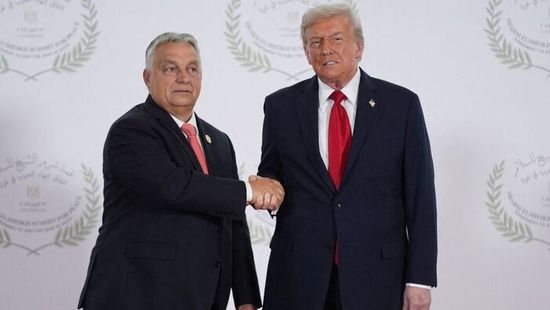


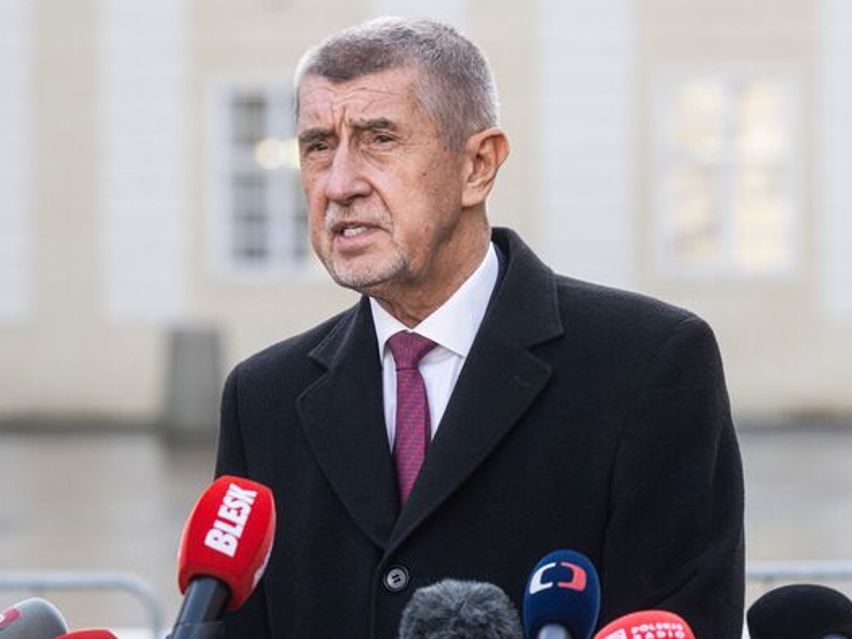
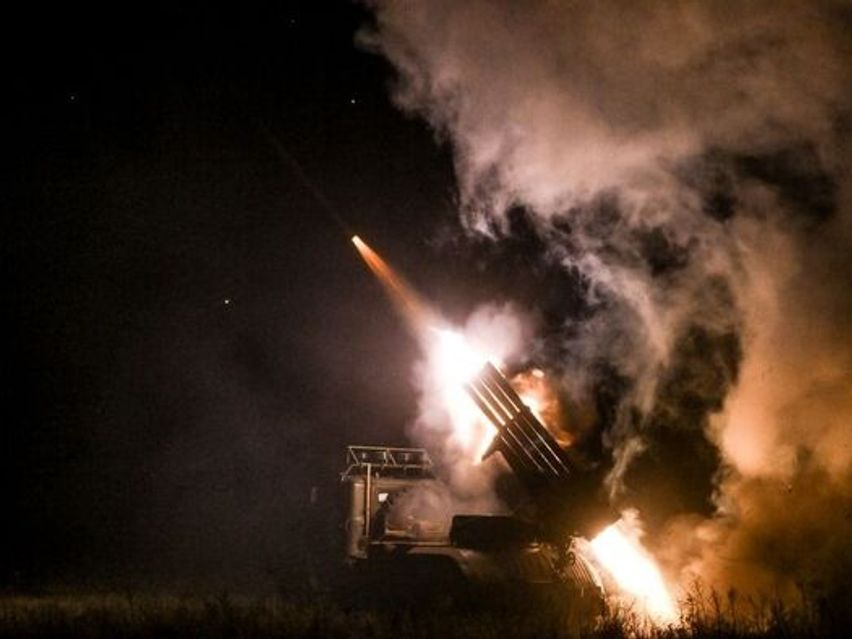
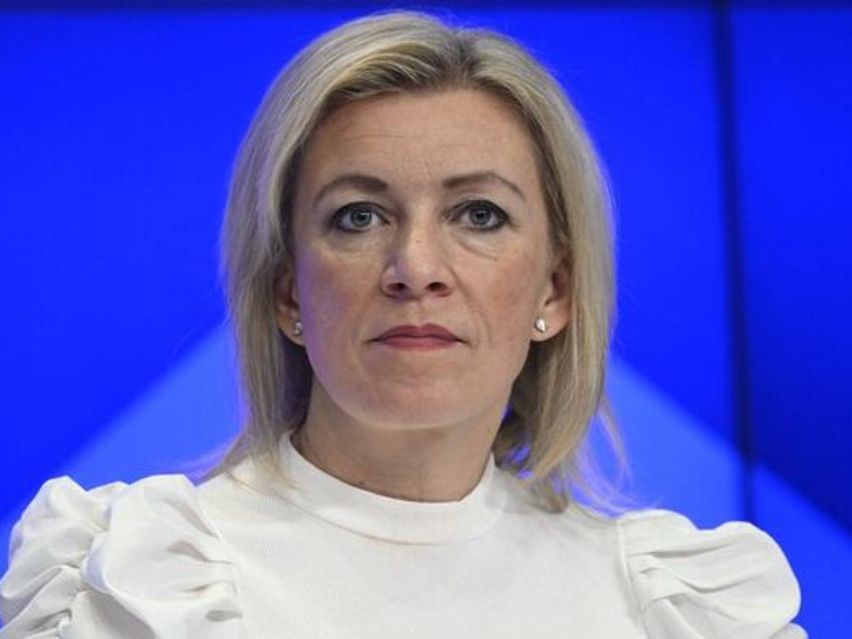


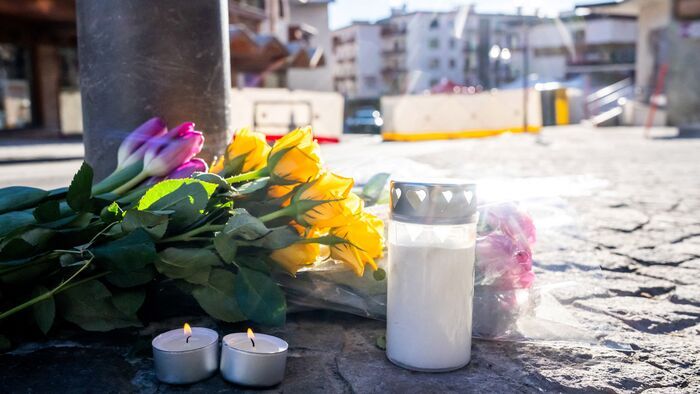

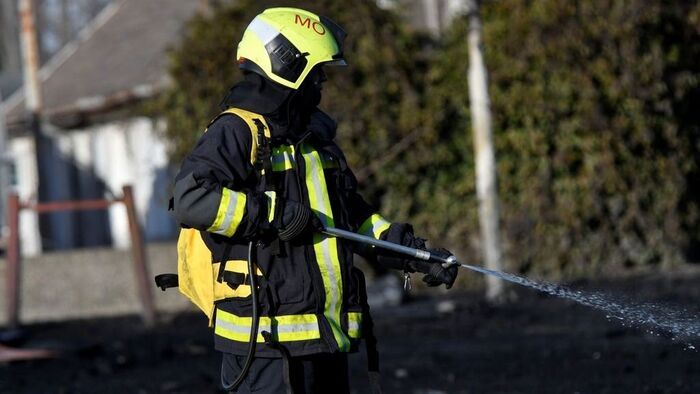

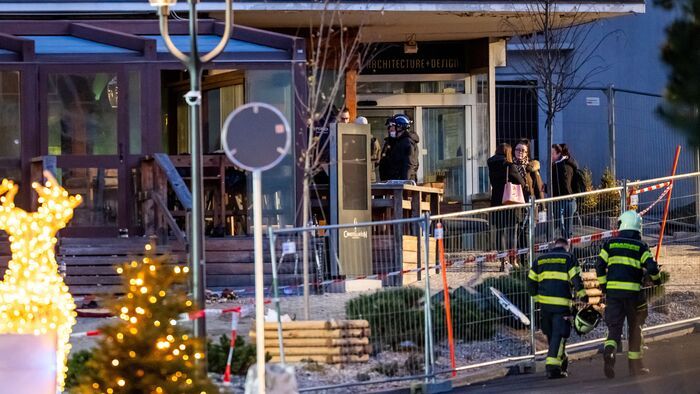
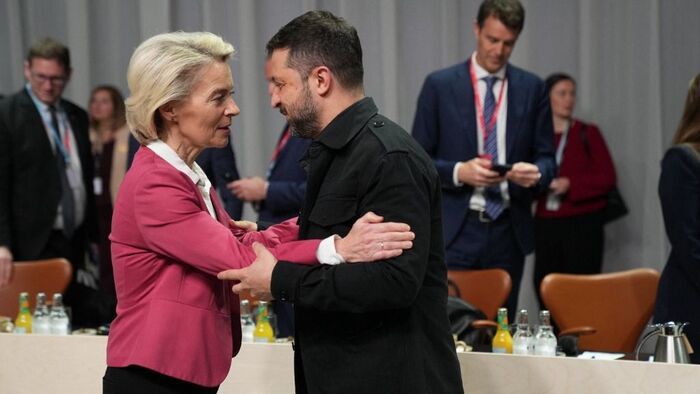
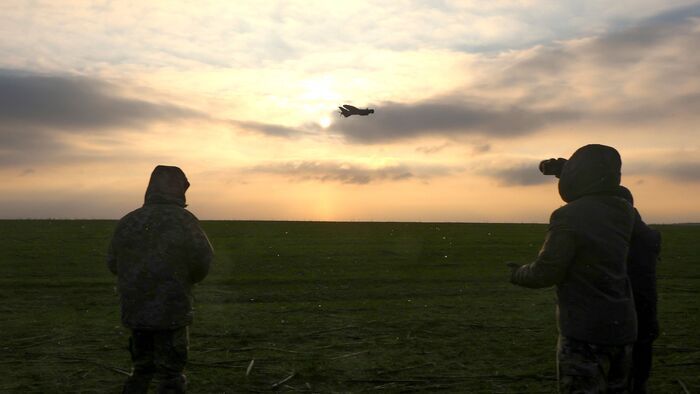
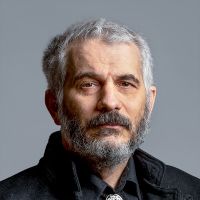
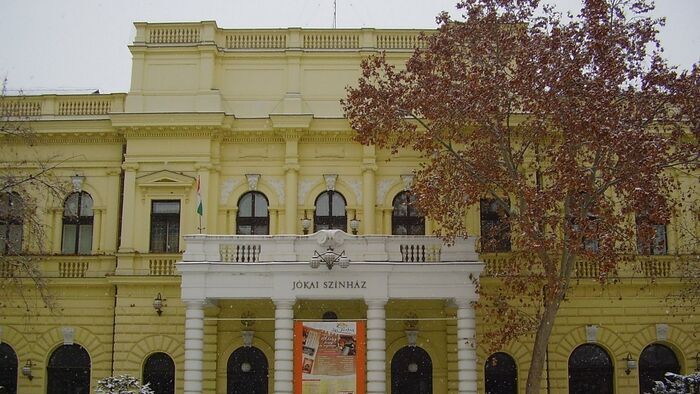



Szóljon hozzá!
Jelenleg csak a hozzászólások egy kis részét látja. Hozzászóláshoz és a további kommentek megtekintéséhez lépjen be, vagy regisztráljon!